Josh Kilmer-Purcell's Blog, page 24
September 28, 2016
The Charentais: Dead Popes & Melon Annuities.

It took me seven years to successfully harvest my first Charentais melon. Seven years of trial and error, trying to grow a fruit that technically should be almost impossible to cultivate in my short-season growing zone. But even had it taken me another four-score, I still wouldn’t have complained.
When the Charentais melon patch begins to ripen in the garden, one smells their honey fragrance before spotting their gray-green skin. There’s only about a one-day window to pick a perfectly ripened Charentais melon. The timespan between “not-ripe” and “bad melon wine” seems to last only a matter of hours.

The perfect Charentais, according to French custom, has exactly 10 dark green stripes circling it’s grey-green rind. Not 9. Not 11. Only fruits with 10 stripes have the fullest flavor. Cutting into its rosy orange flesh is like slicing a ripe peach. And the taste? Better than any cantaloupe you’ve ever eaten. I can actually guarantee this because you’ve probably never even tasted a true cantaloupe. The styrofoam dreariness of “cantaloupes” sold in North America aren’t technically even cantaloupes. They’re muskmelons. And nothing with the word “musk” in it has ever tasted good. (With the possible exception of the phrase: “a shirtless, sweaty, musky, Brad Pitt wiped his brow before leaning in for a kiss.” I think that would probably taste okay.)

So what does a real cantaloupe, like the Charentais, taste like? Think of the ripest melon you’ve ever eaten, then add a little nutmeg, roasted banana and a drop of rose water. Maybe a little nectariney-ness. Definitely a soupçon of Amaretto. Sound good? Well, tough. I’m not sharing mine.
I experienced my first Charentais melon where everyone should experience it – at its birthplace in the South of France. In fact I believe that all humans should experience their first bites of everything in the South of France. Seriously. Steamer ships full of freshly weaned babies from all over the globe should arrive in port in Marseille and be carted off into the countryside to cut their teeny teeth on white asparagus, cracked green olives, pistou, almond cake, and yes, Charantais melons. The world would be a much happier place if everyone learned how to eat in the South of France.
But back to the Charentais. By the time I first tasted this marvel of melon-osity in 1991 at a market in Provence, it had been grown in the region for over 500 years. The primogenitor seeds of what would one day become the Charentais melon are believed to have been brought to the French village of Cavaillon sometime in the late 15th century. Reportedly the seeds came from Italy. (As a devoted Francophile, I wouldn’t normally give Italy credit for anything. However the related rumors are just too delicious to ignore: Apparently these early ancestors of Charentais melons were so intoxicatingly scrumptious that Pope Paul II died from eating too many. Others claimed he died while having sex with a male servant. Either way, not a terrible way to go. In fact, even better should both be true.)

The true Provencal melon craze, however, began in the mid 19th century when train travel began spreading these delicious melons across the entire continent. Charentais melons became so famous that the Cavaillon market became overrun by melon-seekers from all around France. Alexandre Dumas, author of The Three Muskateers, and The Count of Monte Cristo became obsessed with the Charentais. In fact in 1864, when the library of Cavaillon wrote to the famous French author requesting a donation of a few books, Dumas wrote in his reply to the mayor:
“I agree on one condition: if the town and the Cavaillon authorities think highly of my books, I also love their melons and I would like, in exchange for my 300 or 400 volumes, that a bylaw be passed awarding me a life annuity of 12 Cavaillon melons a year.”
The mayor agreed. Unfortunately, Dumas only lived for six more years, enjoying only 72 more melons. Moral: always get your melons up front.
Nowadays, Cavaillon throws the obligatory annual festival celebrating the village’s most famous crop each July. An eight-ton bronze Charentais melon sculpture greets visitors at the outskirts of the village. There’s even an “Order of the Melon,” complete with strange rituals, black robes, and white horses.

It took me seven years to grow my first Charentais melon here in cold Sharon Springs, NY. And still the killing frost comes most years well before I get to savor the first one. But during those lucky seasons when I do smell that first distinctive honeyed breeze in the garden, I find myself completely agreeing with the 17th century poet, Antoine Girard de Saint-Amant, who described the Charentais thusly:
Neither kisses from a mistress,
nor her caresses,
nor expensive apricots,
nor strawberries with cream,
nor manna from heaven,
nor pure honey,
nor sacred pears,
nor sweet figs,
nor delicate plum juice,
not even muscat grapes
are worth the price of this divine melon…
…I will forget my lover’s favors
Before I forget you –
Oh flower of all fruits,
Oh ravishing melon!
(P.S. Don’t tell Brent.)

September 23, 2016
A Modern FarmHouse
We are always thinking about the next generation of Beekman Neighbors. We want the ideas and ideals that we’ve created as the foundation of Beekman 1802 to live on long after we do, generation after generation.
We know (because you are never shy about telling us!) that even though you love a lot of our furniture crafted by our rural artisans, many of our handmade home items are just not in your budget at this time in your life. Whether you’re young and just starting out, or super-thrifty (which we heartily endorse!) sometimes you just can’t fill your home with handmade goods.
So we set about figuring out a way to create a line of home furnishings that were “starter Beekman”– for neighbors who are just beginning to create the ‘farmhouse’of their dreams.
We wanted them to be beautiful, stylish, artful…and yes, accessible. So we spent over a year and a half designing the new “Beekman FarmHouse” collection for Target. You’ll see a lot of familiar Beekman touches, and even some familiar artwork from Beekman artisans.
And one thing we know about Beekman Neighbors is that they will always choose to support artisans and craftspeople when they can afford to. And we hope that as more and more neighbors become part of the Beekman community now, they will support more and more artisans in the future.
To celebrate the launch of FarmHouse, we asked some of our customers—all of whom we call ‘neighbors’—to submit photos of themselves when they settled into their first homes. We’ve included some of them in the slide show below.
We are so proud of the quality and affordability of the new Beekman 1802 FarmHouse collection at Target. Here’s just a small sampling of the over 100 products (including dishware, bed linens, lighting, furniture, window treatments and accessories!!!) we designed to help every neighbor create the farmhouse of their dreams.
As you look through the pictures, we recommend having this song playing in the background (click here)

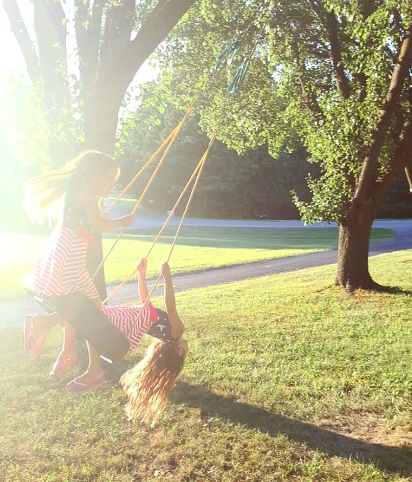




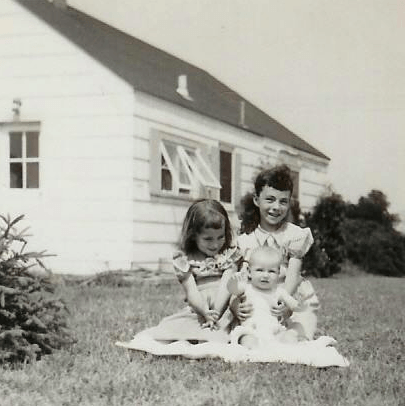



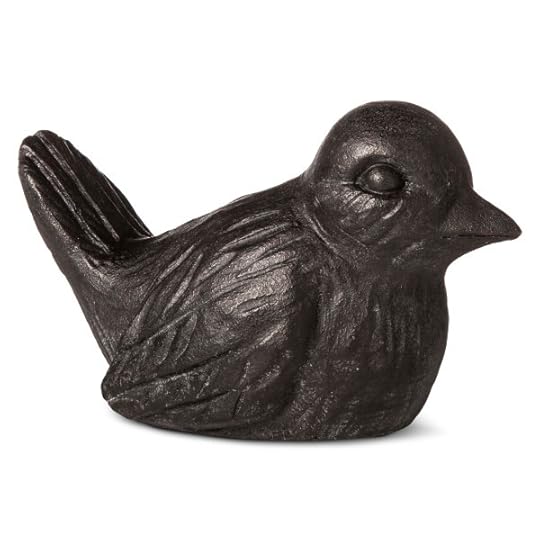

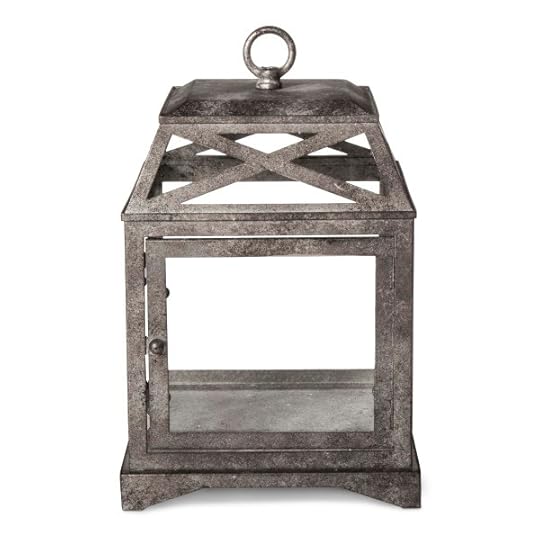

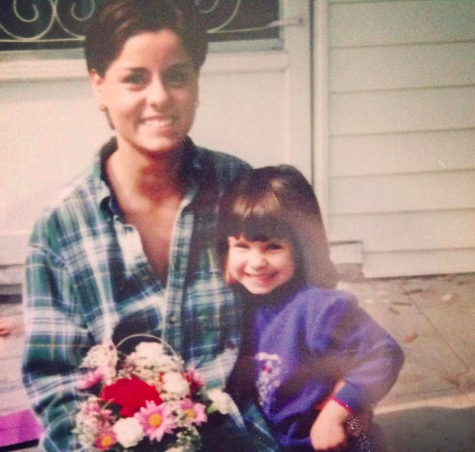

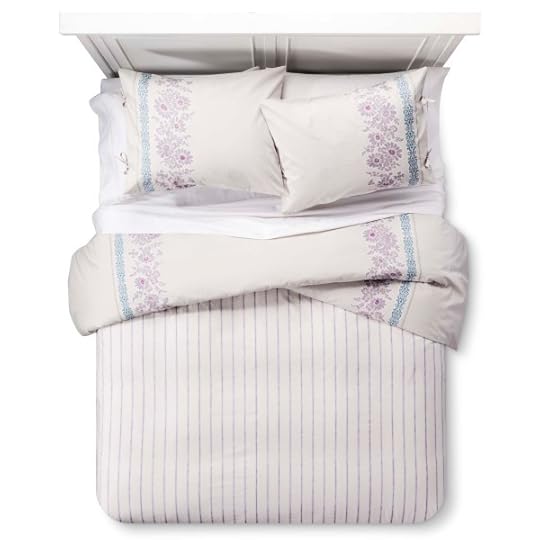







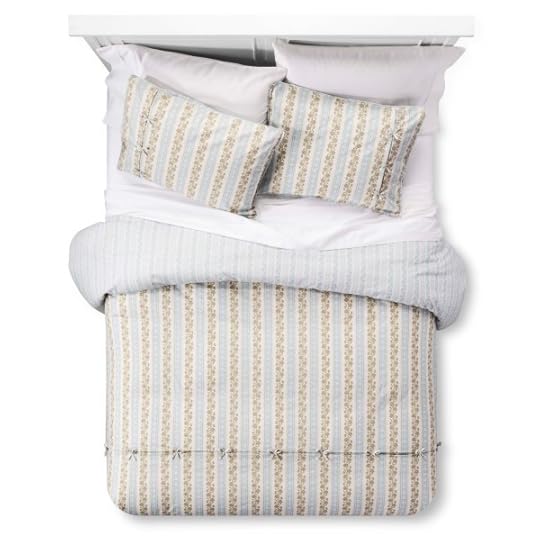



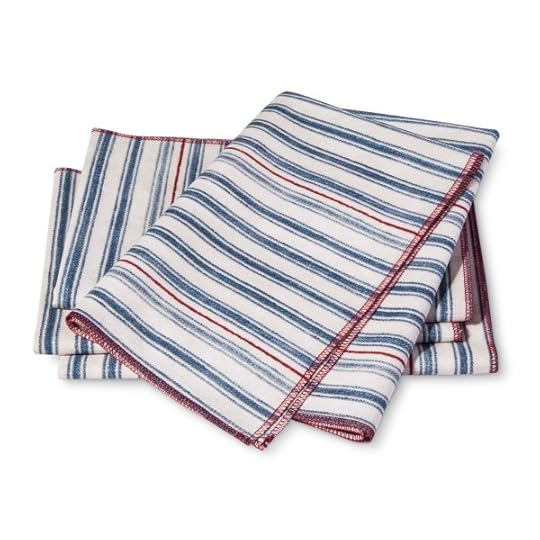
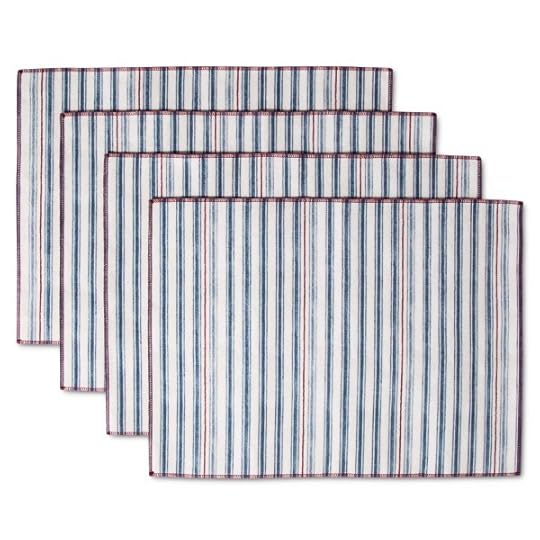

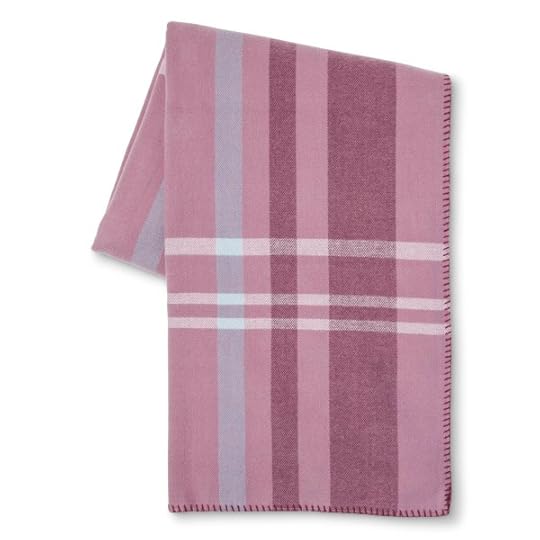
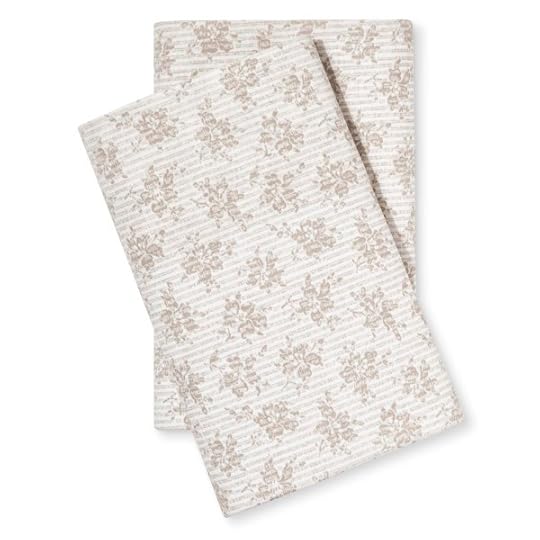

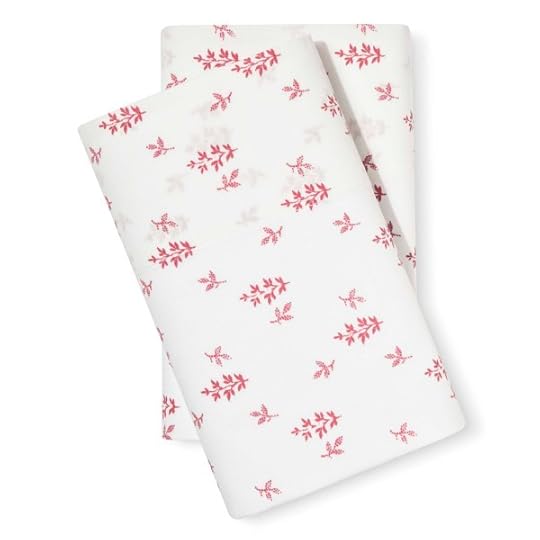







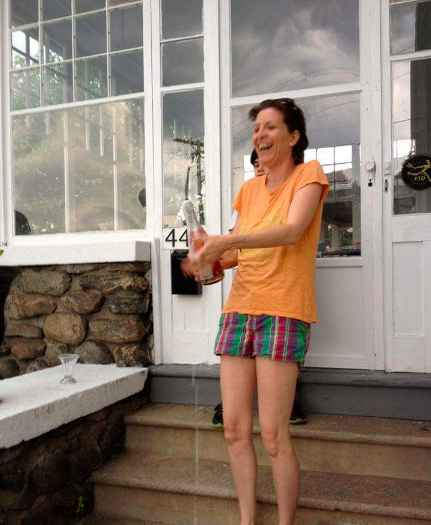






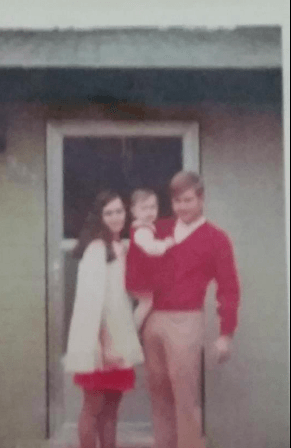
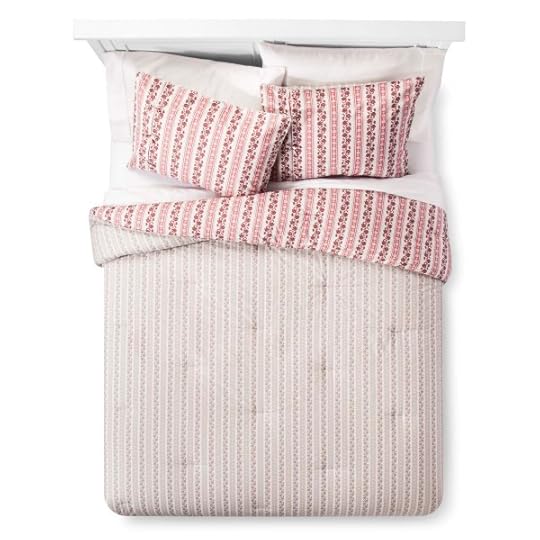
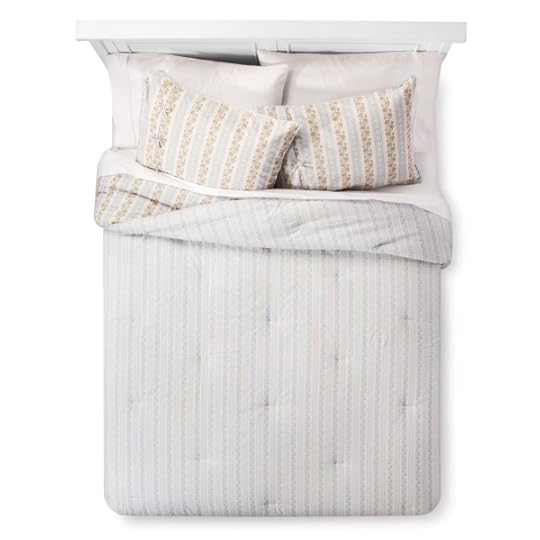





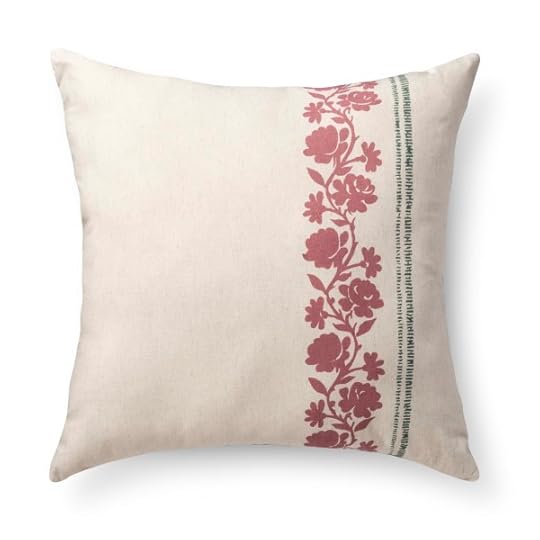



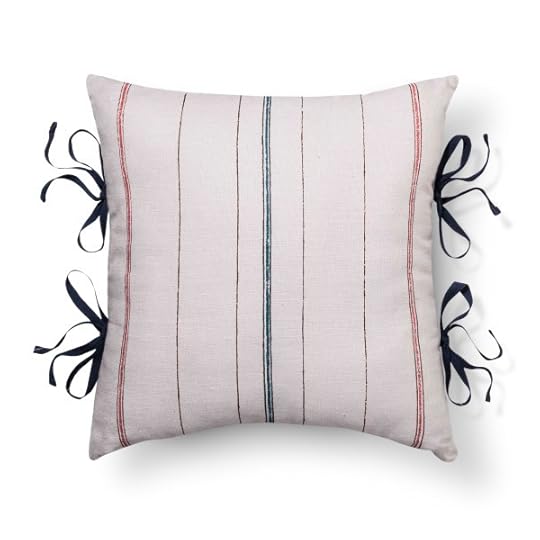
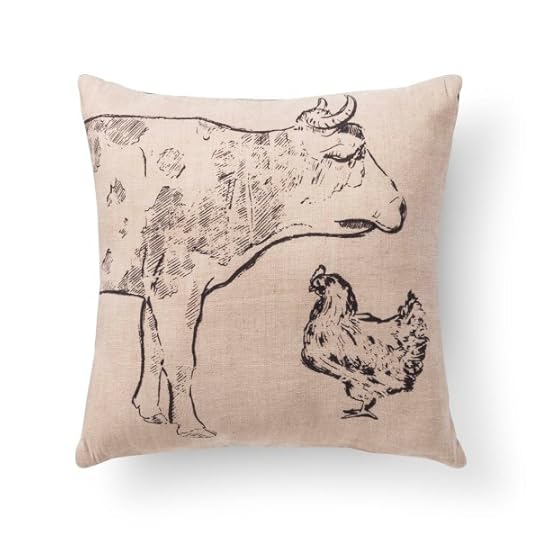





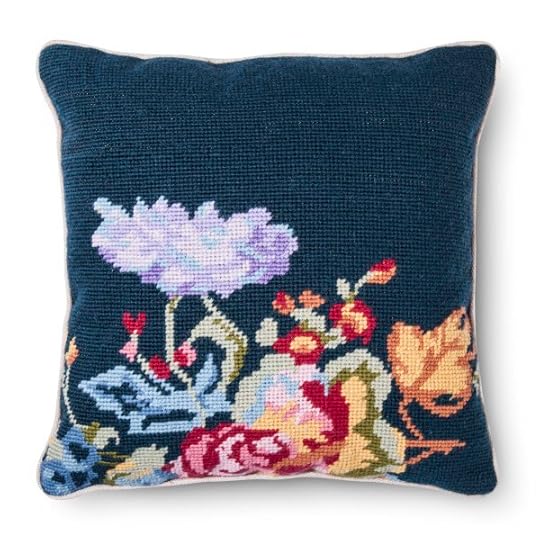
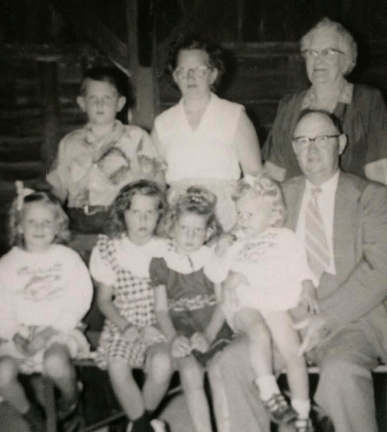



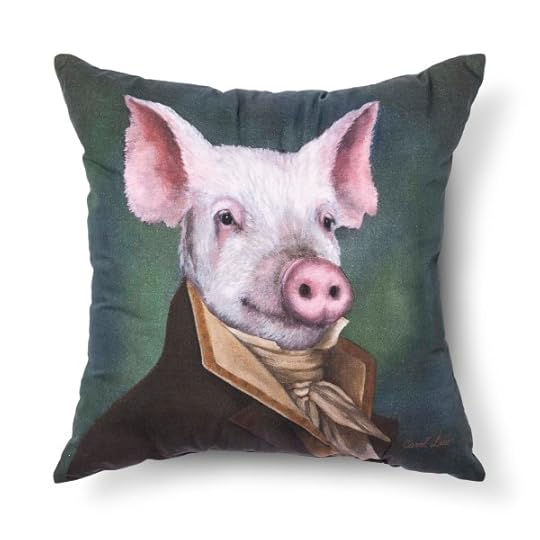
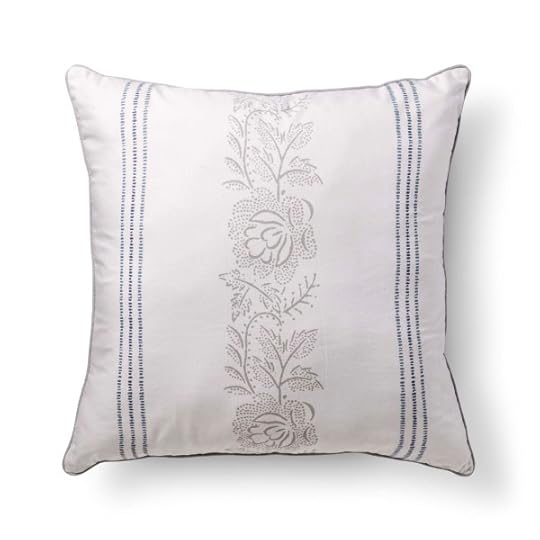


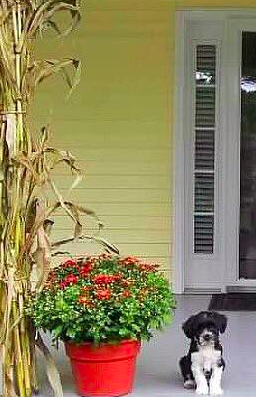

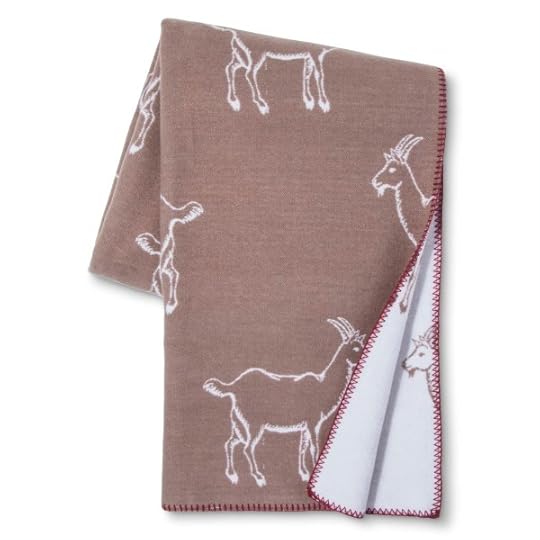








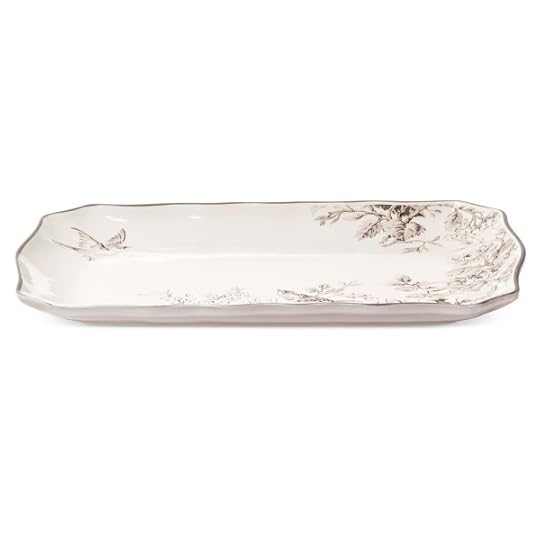



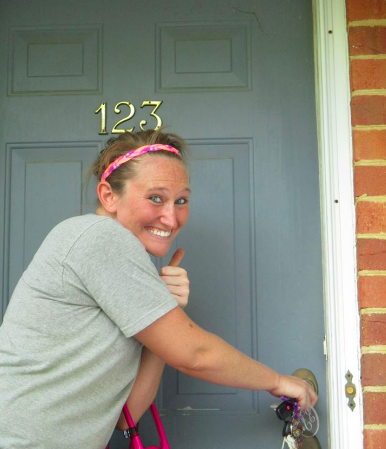

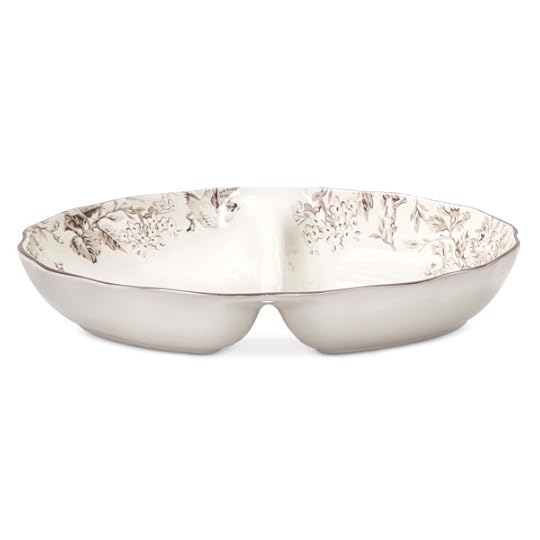





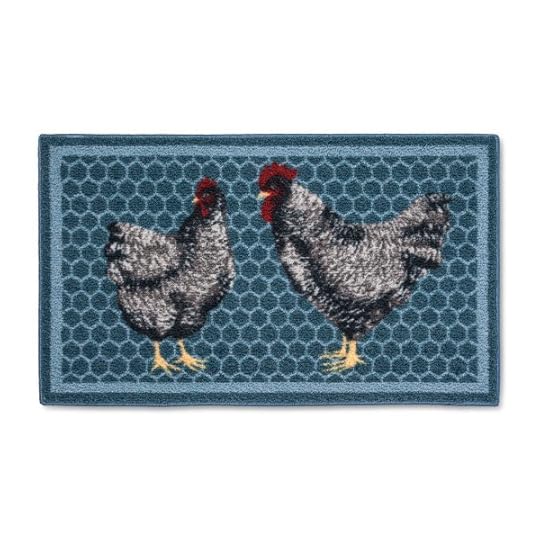


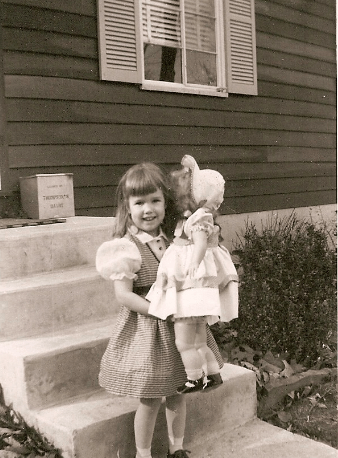




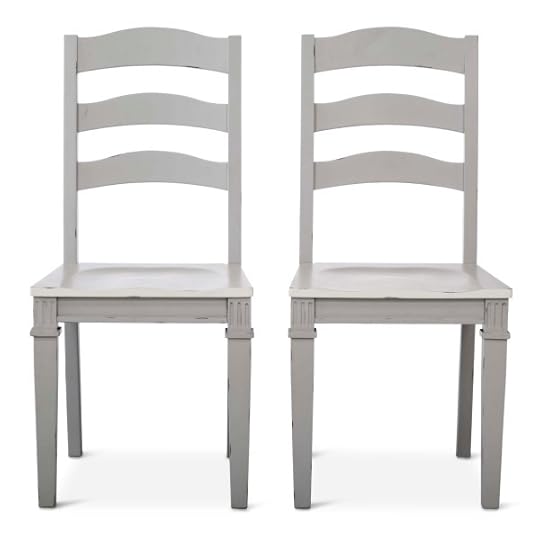








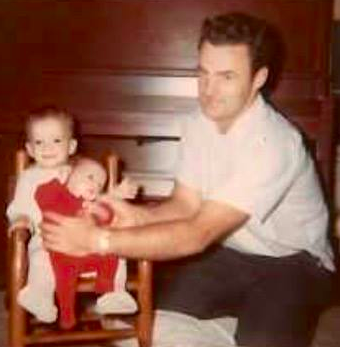
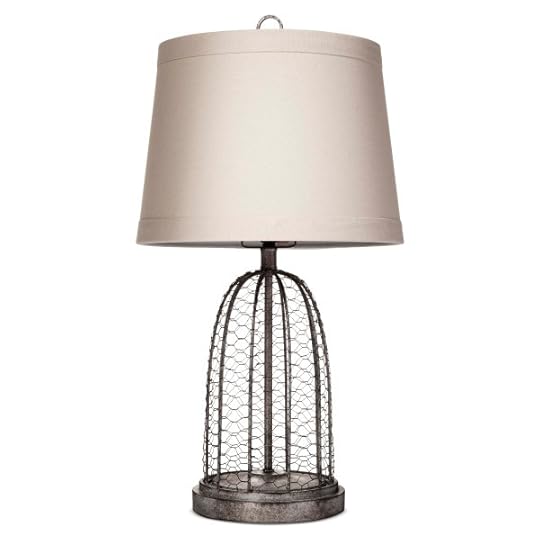



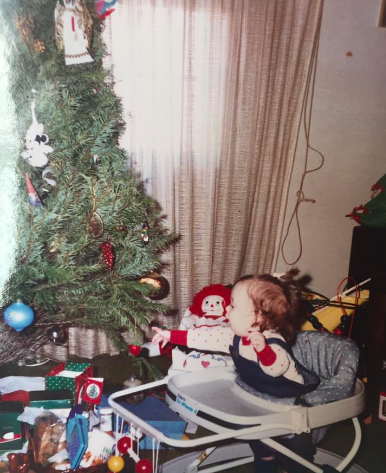

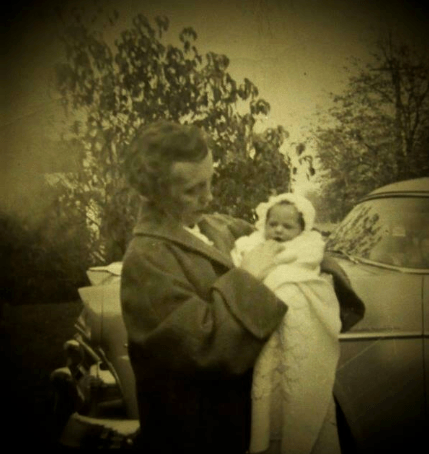













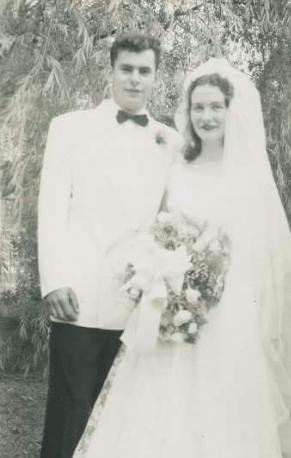




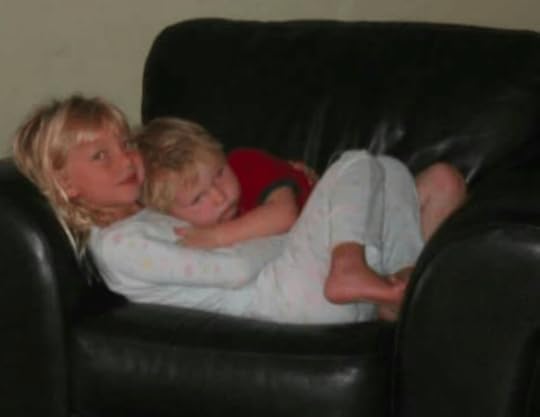



<
>
Did something capture your eye? Click here to go directly to the FarmHouse collection page
Save
Save
Save
Save
Save
Save
Save
Save
Save
Save
Save
Save
Save
September 22, 2016
Tour the Farm (in pictures)
Maybe you couldn’t make it to Sharon Springs this summer to tour Beekman Farm, but photographer Katie Simmons-Barth did, and she shared her photos so that all of you could be there, too
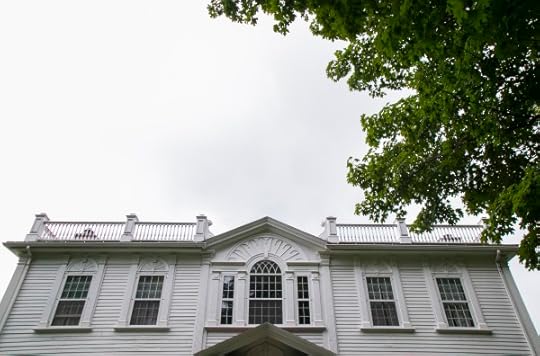







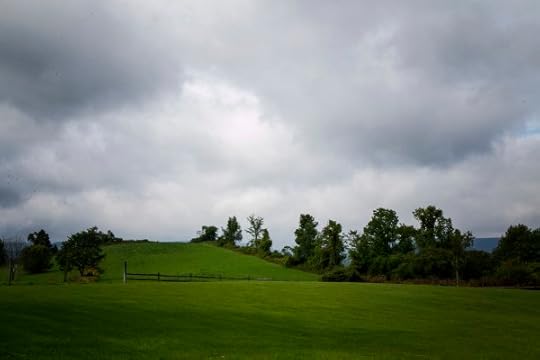


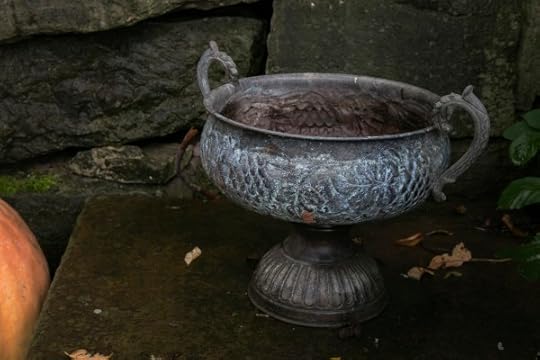
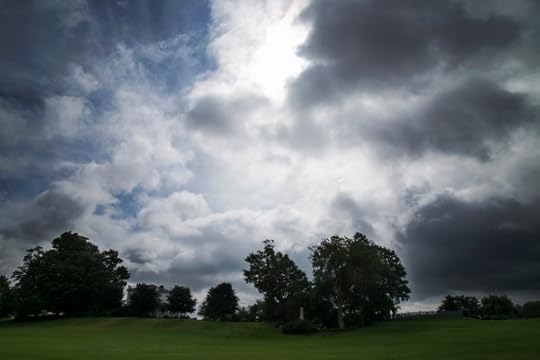
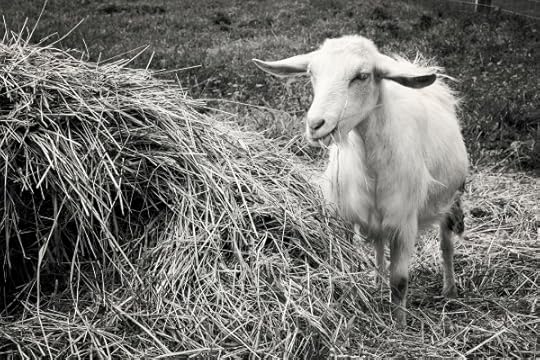


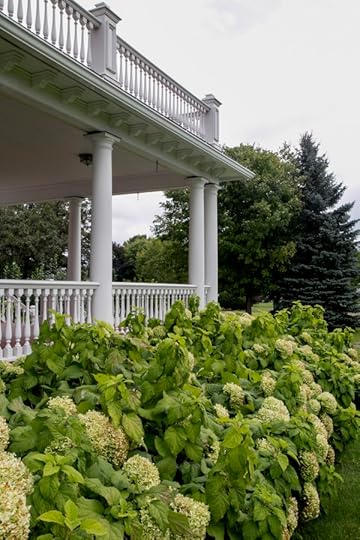





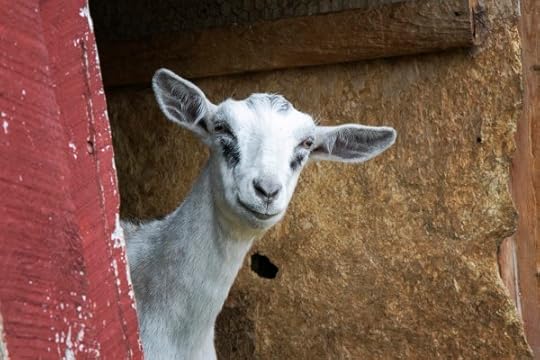
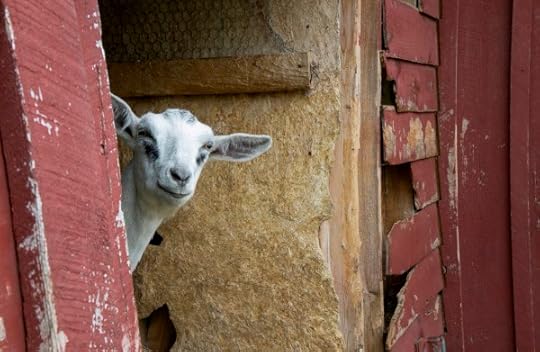




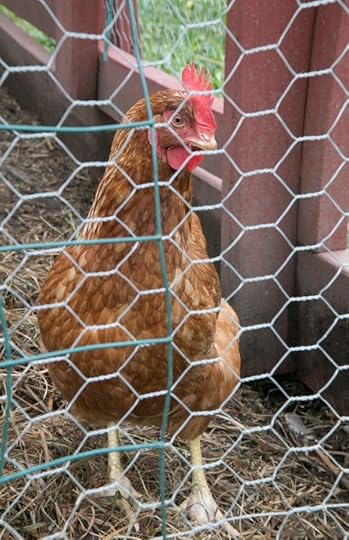






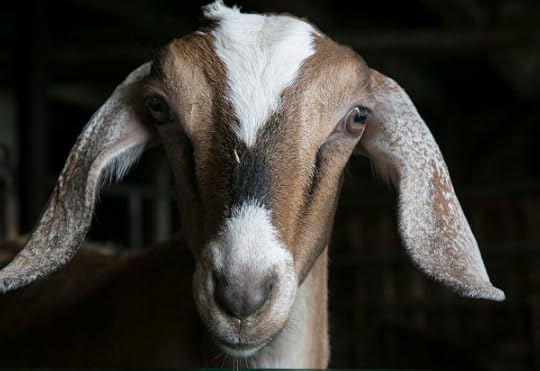


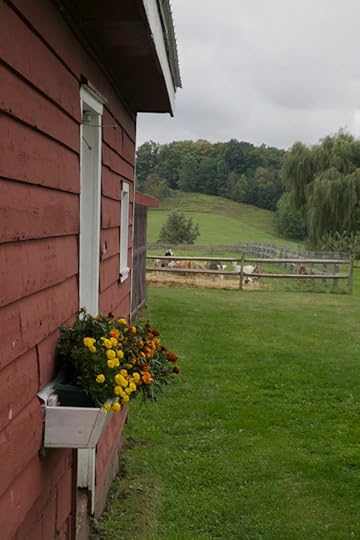

<
>
September 14, 2016
The Autumn Chatter
We’ve lobbied really hard for Garrison Keillor to give up life in Lake Wobegone and move to Sharon Springs, but thus far he has not answered our letters or returned our calls.
Sharon Springs has beautiful people and above-average children, too, so on to Plan B.
What is a small town village without a small town paper to keep track of what everyone is doing?
Nancy Pfau, the town historian, is now editor of our own little paper.
Each month you can check back here for a new issue and follow the lives of the real village people. If you pay a real visit, you may even want to submit a story idea of your own!
You may not live in small town, but at least you can pretend.
See below for the Autumn 2016 Issue
The Autumn 2016 Chatter by Carlos Stewart on Scribd
Save
September 6, 2016
Smart Partners
The following chapter excerpted from the new book, Smart Partners
Imagine that you’re a high-flying media executive in New York, enjoying life with your partner, who is also a successful executive. All of a sudden, a recession comes along and bam—you’re both out of a job. That’s a pretty massive “changing of the sheets” for a personal relationship. What do you do then?
You don’t curl up into a ball and give up. You muster even more courage and roll with it. If you’re the Fabulous Beekman Boys, you even parlay it into an exciting new business
partnership on, of all things, a goat farm.
In 2007 the Beekmans (Josh and Brent) purchased the historic Beekman 1802 farm in a Sharon Springs, New York, a bucolic village of 547 inhabitants (according to the 2000
census) near Albany. The two intended the property as a weekend place, and they imagined that they would spend many tranquil weekends together on the farm away from their hectic
white-collar lives in New York City. It was not to be. In 2008, the two lost their jobs within a month of one another, casualties of the Great Recession. With their bank threatening
to foreclose on their farm, the two came to a radical decision: They would give up their traditional careers (Josh had been a successful author and an advertising executive, Brent a Vice President at Martha Stewart’s company, Martha Stewart Omnimedia) and make a go of it together on their farm, crafting soap and cheese using milk from a herd of goats.
Many farmers make high-quality, artisanal products, but very few manage to create one of the nation’s fastest growing lifestyle brands. That’s exactly what the Beekmans have done. Putting their marketing chops to work, they set up an online store, the Beekman 1802 Mercantile, for their ever-expanding line of products created in collaboration with local artisans and farmers. Their website features a blog, recipes, and enticing imagery from the farm—all intended to enable others to “reconnect with real things,” as Brent told the New York Times.
In 2009 and 2010, the Beekman Boys brought their story to prime time by starring in the reality TV show The Fabulous Beekman Boys on the Planet Green network. The show, depicting the joys and struggles of the Beekmans’ adaptation to country life, became a huge favorite of Bob’s. You can’t believe how happy he was in 2012 when the Beekmans appeared on the show The Amazing Race—and won the million-dollar prize!
It’s worth pausing to take stock of what the Beekmans have done. Here are two guys who suffered professional setbacks that commonly cause even the strongest personal partnerships
to fall apart. Instead, they made the best of it, in the space of just five years launching a successful business, appearing on not one but two reality TV shows, and winning a million dollars. When we interviewed them during the summer of 2015, they were preparing for still more change, hiring on a new CEO to partner with them and help take their burgeoning business to the next level.
How did the Beekmans do it? Clearly they had business experience and talent, but most fundamentally they had the right attitude about change. Instead of looking at their layoffs
as a disaster and falling into a depression, they saw them as a dramatic opportunity to “change the sheets.” As they related, change sometimes happens to us, and sometimes we make it
happen. Either way, the key is to have the courage to roll with both positive and negative change. “We lost our jobs,” Josh said. “We didn’t make that happen. We did start this crazy
business, and then the first television show came along out of nowhere, and then The Amazing Race came out of nowhere. These things kept life fresh for us.” Brent agreed, noting that
their business had “grown very organically. It follows our life and then we follow it. I think we had some foundations to make a successful business, but by large we let the business take us
where it wants to take us.”
As the Beekmans tell it, they didn’t panic in the face of adversity. After so many years working in corporate America, Josh had seen many clients who, becoming overly reliant on strategy and planning, weren’t able to maneuver to meet changing circumstances. Determined to do better, he and Brent weren’t afraid to entirely reinvent themselves. And that meant hunkering down and focusing on one step at a time, making the most of what they could control. “I think both of us are just really hard workers, and so we just set forth focusing on the things that needed to get done, and dividing and conquering.”
Even once they had developed a plan for their new business, the two made sure always to keep the door to change open and to stay flexible so as to meet whatever the business world or life might throw at them. And more recently, as their start-up has become established, they have had the luxury of proactively changing the sheets on occasion to keep things fresh. “When we get bored,” Brent remarked, “we just look for whatever is going to change things up.”
If you are a small business, learn tips for building successful relationships by reading the rest of the book by Jim Burba and Bob Hayes. Click here
Save
Save
August 29, 2016
How to Make an American Blanket
For each issue of our magazine, the Beekman 1802 Almanac, we put together a collection of gift items that are all Made in the USA. You probably won’t be surprised to learn that this is one of the most challenging components of the publication because there are surprisingly few items that are made in the USA and made in quantities large enough that they can be featured in a magazine.
We thought we’ve give you a behind-the-scenes glance at how one of our products actually gets made.
We’ve introduced you to the work of our neighbor Rabbit Goody before. She is the B. 1802 Rural Artisan behind our Lincoln Shaw (read that story here).
Take a look as she shows us how we make our All American Plaid Blanket in wool
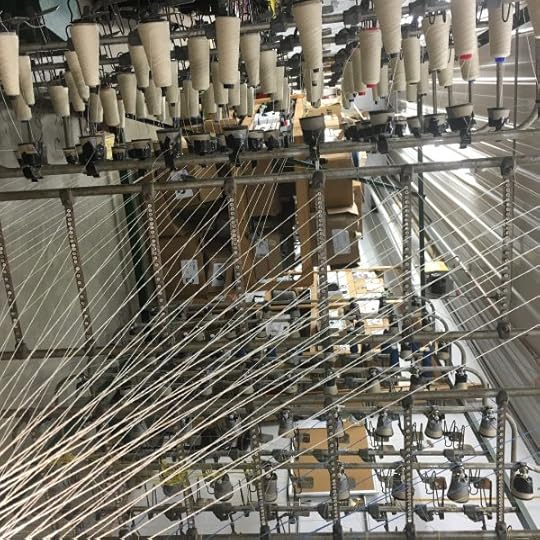











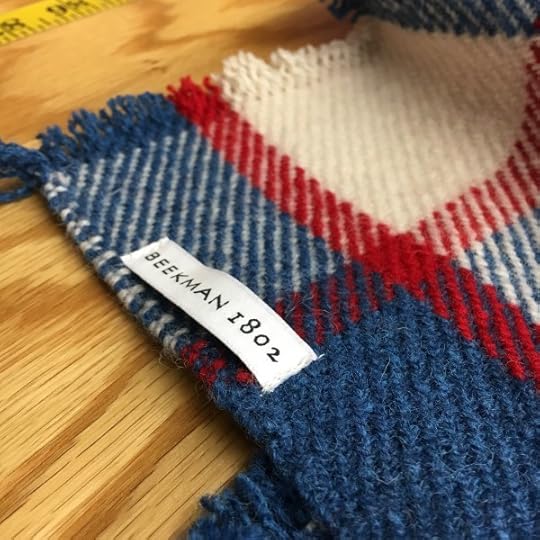
<
>
Find the blanket in our online Mercantile, click here
August 25, 2016
Go on a Trip of a Lifetime

We shall not cease from exploration, and the end of all our exploring will be to arrive where we started and know the place for the first time.
~T. S. Eliot
Last year, Josh’s parents took a trip of a lifetime—a riverboat cruise through Europe. It was something they had dreamed about and saved for virtually their entire lives. The mere anticipation of the journey brought them and us tremendous joy.
It made us start thinking about what our own trip of a lifetime would be. Where are those places so eye-opening and so transformative that the mere anticipation of visiting could change how we see the world?
So we started making a list.
Last year we created a trip to Cuba (see photos from that journey here)
And this year we are heading into the golden triangle of India. No other destination in the world can make you feel more alive and more colorful…and more grateful for all that you have
We’ve centered the trip around Holi, the annual festival of colour in India, truly a once in a lifetime experience.
Take a look at the epic journey we’ve created and go on an adventure with us, March 7-17, 2017
Should you decide to embark, we’ve designated a personal Beekman 1802 Trip of a Lifetime concierge who can answer all of your pre-trip questions
Anna Kamrow
Direct tel: 763 852 8119
Toll-free: 800 533 0324
Email: akamrow@carlsonwagonlit.com
Beekman 1802 Trip of a Lifetime: India
Meander.Master.Taste.Treat. Give.Grow.
August 23, 2016
An August Morning in the Garden
If you ever drive by the farm between 6am – 8am, you’ll spot me in the vegetable garden sporting my morning finest: the tee shirt I slept in and my gardening shorts (which I have to tie together with twine since I lost the button.) Every morning from the first day that the snow melts, to the first hard freeze of winter, I’m out there. With my trusty Beekman mug of coffee. I’ll often forage for my breakfast out there. Sometimes it’s an ear of corn. Other times a fistful of raspberries. Or a cucumber. Or sweet peas. I even keep a pocketknife out there for when the melons begin ripening in early September.
Grab yourself a cup of coffee and come take a walk around the garden with me. I’ll point some of my favorite things out in the captions…

















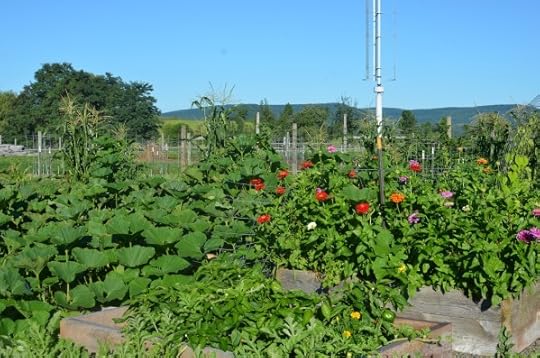



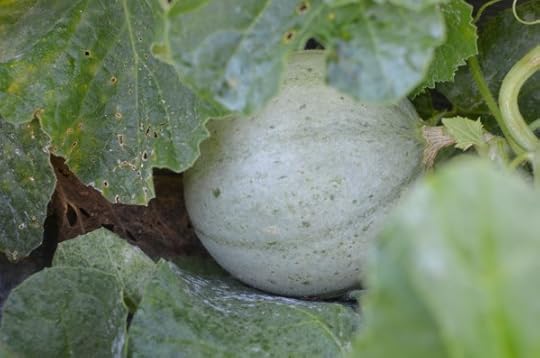
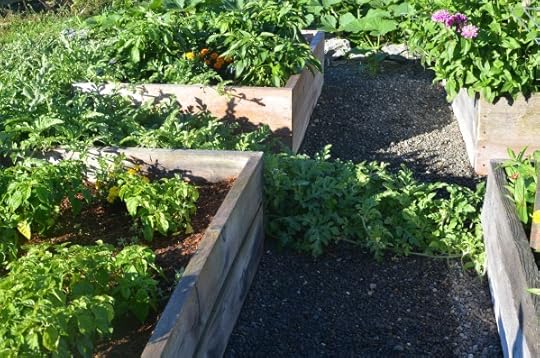






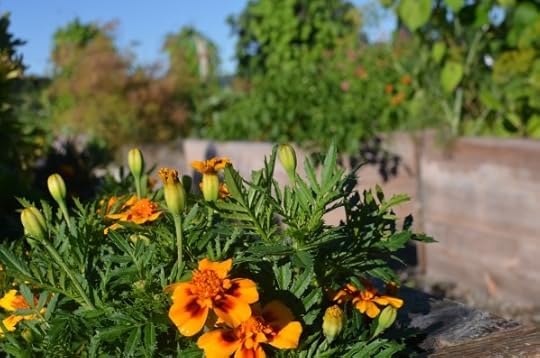











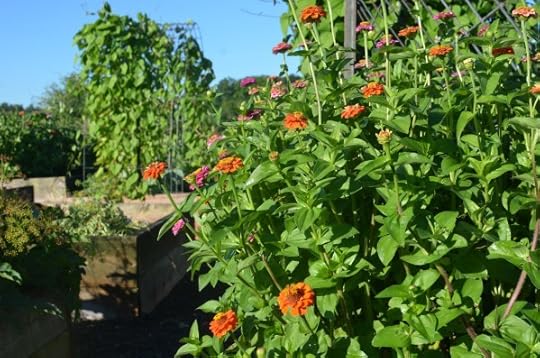
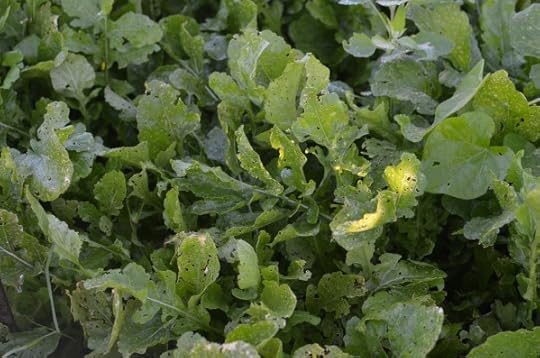




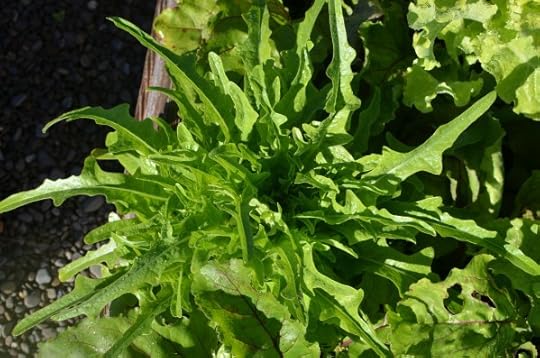


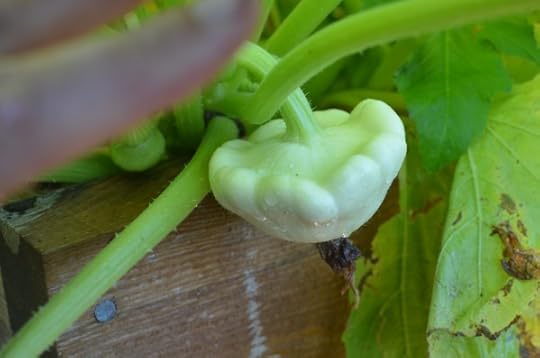









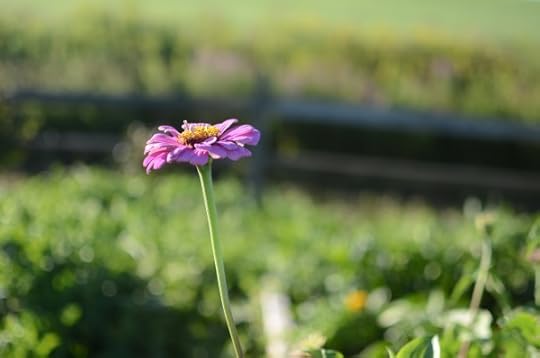
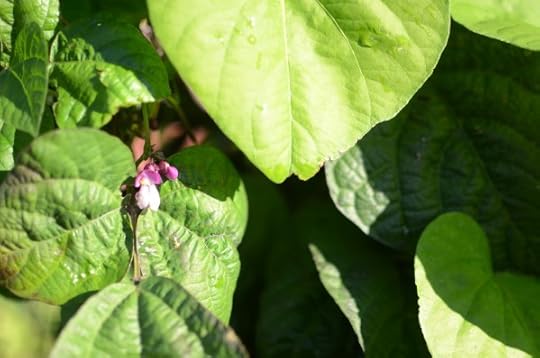

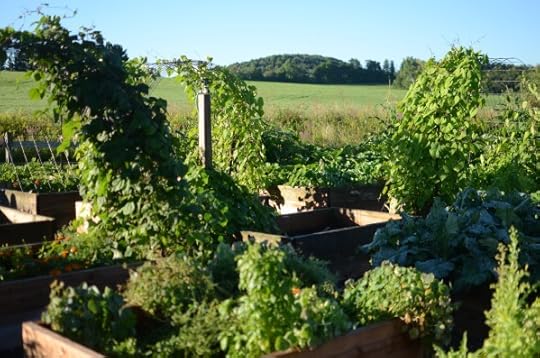

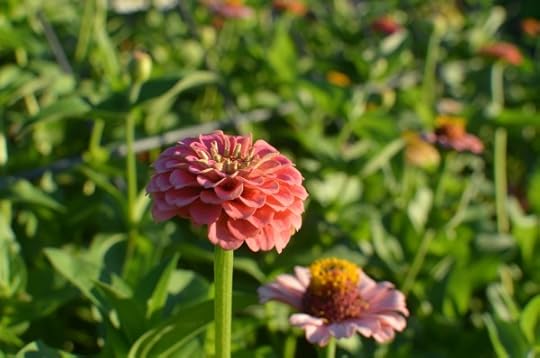



<
>
Back to School
Beekman 1802 Back to School by Carlos Stewart on Scribd
August 21, 2016
Take Your Lumps
At Beekman 1802 we never shy away from learning something new, so when we had the opportunity to learn to make our own hardwood brick charcoal, of course we jumped at it.
It’s a great autumn project.
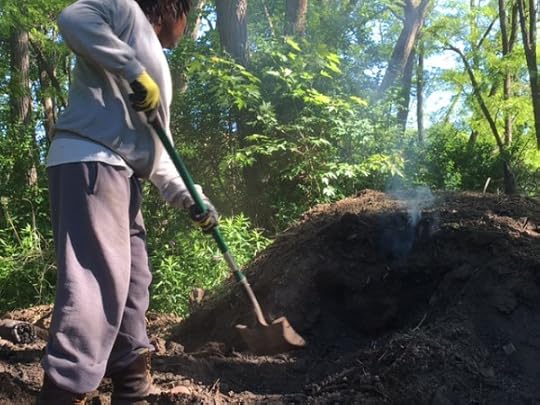

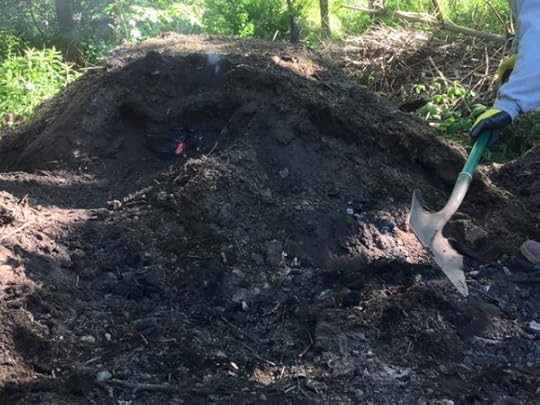


<
>
dig a hole 6’x 12′ long
grade depth from 1′ to ground level
lay two 12′ pieces of wood lengthwise
fill bottom of hole with twigs
cut additional logs in 4-5′ lengths and lay 1-2 layers
cover with hay or leaves & grass cuttings
cover all sides and top with 1′ dirt
leave a small opening to ignite, once ignited cover opening
allow to slowly burn 3-4 weeks, checking multiple times per day for holes forming on the surface of your dirt mound
patch any holes with dirt
after 2-3 weeks dig a small opening and shovel out the 1st section of charcoal wood pieces. If there are pieces of your original wood pieces that have yet to turn to charcoal, cover them back up with dirt and continue to allow them to smolder until charcoal is formed (checking once or twice a week)
spread on ground and spray with hose until cool
allow to dry for a few days






